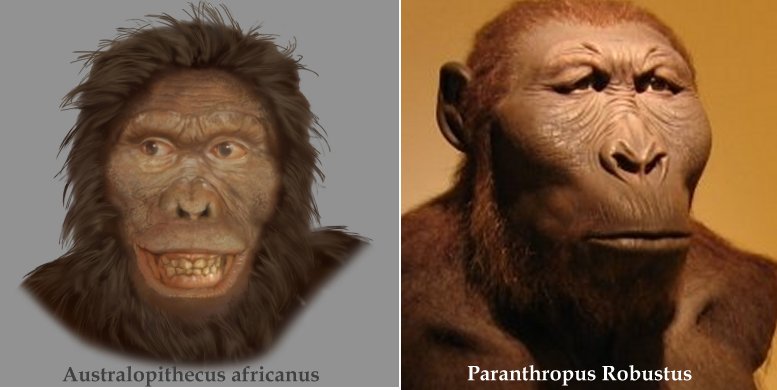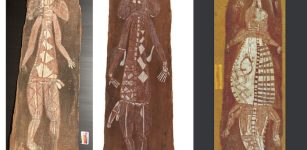New Study: Fossils Reveal Human Ancestors’ Hearing Abilities
AncientPages.com - Research into human fossils dating back to approximately two million years ago reveals that the hearing pattern resembles chimpanzees, but with some slight differences in the direction of humans.
An international team of scientists led by Rolf Quam of Binghamton University analyzed CT scans and virtual computer reconstructions of the internal anatomy of the ears of Australopithecus africanus and Paranthropus robustus.

Research into human fossils dating back to approximately two million years ago reveals that the hearing pattern resembles chimpanzees, but with some slight differences in the direction of humans.
“We know that the hearing patterns, or audiograms, in chimpanzees and humans are distinct because their hearing abilities have been measured in the laboratory in living subjects. So we were interested in finding out when this human-like hearing pattern first emerged during our evolutionary history,” Quam explained in a press release.
Modern humans have better hearing than other primates across a wider range of frequencies, generally between 1.0 and 6.0 kHz.
The new research suggests that these early human ancestors had hearing that was more sensitive than modern humans or chimpanzees from about 1.0 to 3.0 kHz, which may have favored short-range vocal communication in open environments.

Lateral view of the Paranthropus robustus skull SK 46 from the site of Swartkrans, South Africa showing the 3D virtual reconstruction of the ear and the hearing results for the early hominins.
Credit: Rolf Quam
Does this mean these early hominins had language?
“No,” said Quam. “We’re not arguing that. They certainly could communicate vocally. All primates do, but we’re not saying they had fully developed human language, which implies a symbolic content.”
“We feel our research line does have considerable potential to provide new insights into when the human hearing pattern emerged and, by extension, when we developed language,” Quam said.
AncientPages.com
source: Newswise




















